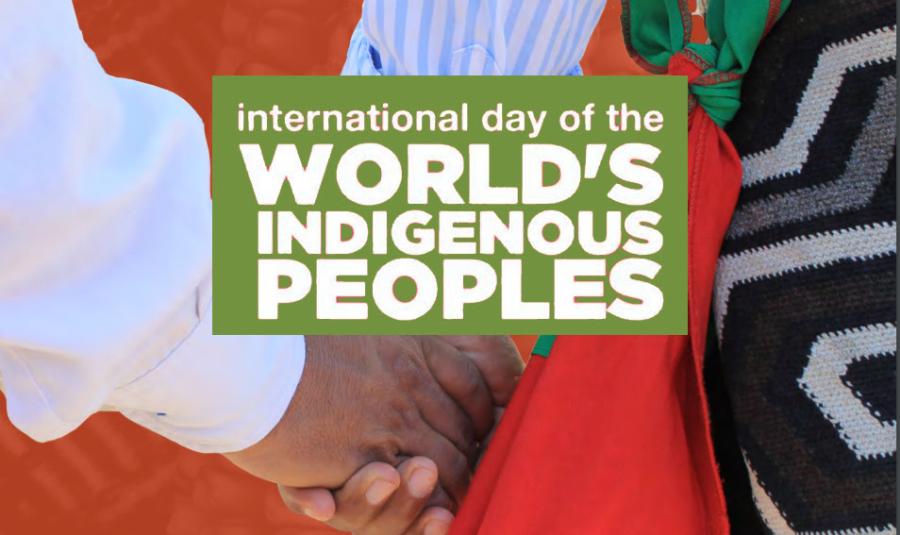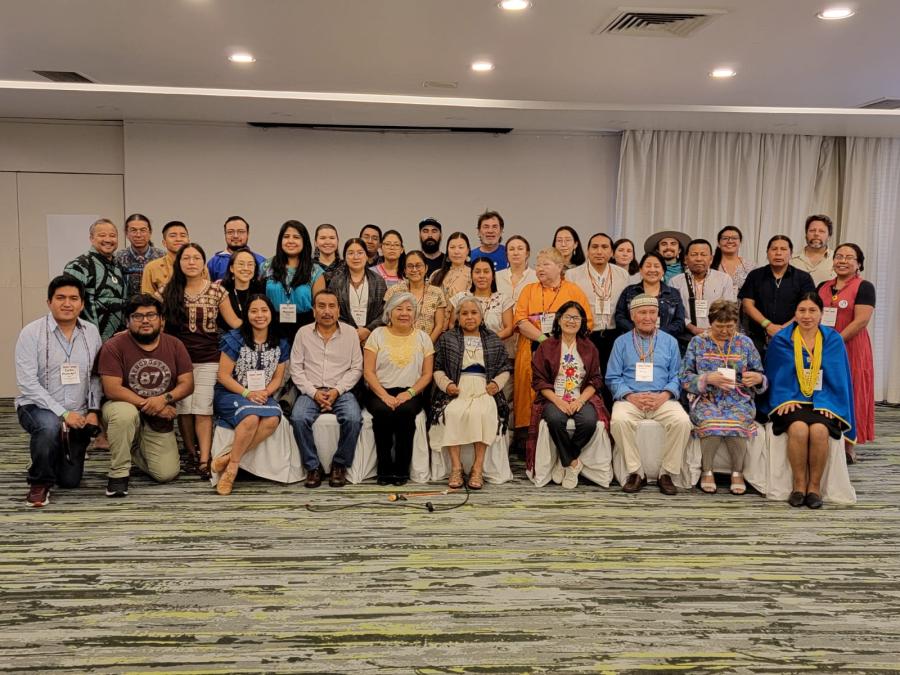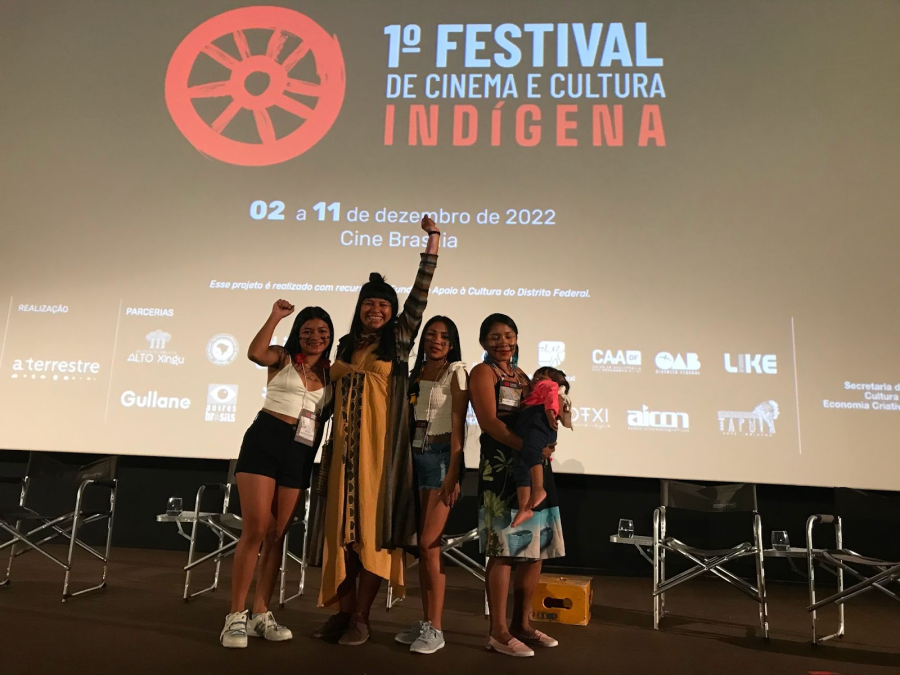
By Madeline McGill
September 22, 2014 marked an important day for Indigenous communities everywhere. It was the first of a two-day gathering of the General Assembly at the United Nations in NYC, the first-ever World Conference of Indigenous Peoples.
Throughout the day, over 1,000 Indigenous delegates gathered with Government and UN officials, national human rights institutions, and various heads of state to discuss the best methods to approach and solve issues pressing Indigenous Peoples.
The purpose of the meeting was to approve the conference's Outcome Document, which would serve to renew and establish the international community’s commitment to addressing Indigenous rights.
Indigenous Peoples represent some of the worlds most impoverished and overlooked populations, facing constant uphill battles in regards to land disputes and cultural recognition. In 2007, the UN recognized a need for change and approved the UN Declaration on the Rights of Indigenous Peoples.
In addition, the Permanent Forum on Indigenous Issues has worked as an advisory body to the Economic and Social Council, charged with the responsibility to discuss Indigenous development, culture, environment, education, health and human rights. The international convergence of representatives attending the conference serves to further the Declaration’s and the Permanent Forum’s original mission.
Including Indigenous representatives, the assembly was met with several notable attendees. President of the General Assembly, H.E. Sam Kutesa, opened the conference.
"At the national level, there have been many declarations of commitments, policies and legislative actions to improve the conditions of indigenous peoples,” said Kutesa. “Yet, there continues to be a deep chasm between these commitments and reality. The World Conference should serve as a turning point for translating the Declaration into concrete action."
Also in attendance was Indigenous activist and Nobel Peace Prize recipient Rigoberta Menchú. She asked that Member States “apply national and international law, particularly the rights enshrined in [ILO] Convention 169 and the UN Declaration on the Rights of Indigenous Peoples, which establishes minimum standards for their survival, dignity, well-being and rights.”
At the end of the day’s roundtable meetings, officials and representatives had completed a concise Outcome Document, outlining an international approach to addressing the needs of Indigenous communities everywhere.
The Outcome Document, created and approved by Member States, reiterated a policy of inclusion and consultation with Indigenous Peoples as outlined in the 2007 Declaration. A point of emphasis was the importance of free, prior, and informed consent in regards to the implementation of measures that may affect Indigenous populations. In addition, member states agreed to address the increased need for the elderly, persons with disabilities, and youth in Native communities.
“The challenge now remains to implement the provisions of the declaration,” said President of the Norwegian Sami Parliament Aili Keskitalo, “by closing the gaps between theory and practice, between inspiration and reality.”
The World Conference on Indigenous Peoples will continue today, September 23rd, throughout the day. Meetings will include a roundtable on Indigenous people’s lands, territories and resources. This will be followed by a panel discussion on Indigenous priorities for the post-2015 sustainable development agenda.
Photo: GCG Media Team.



